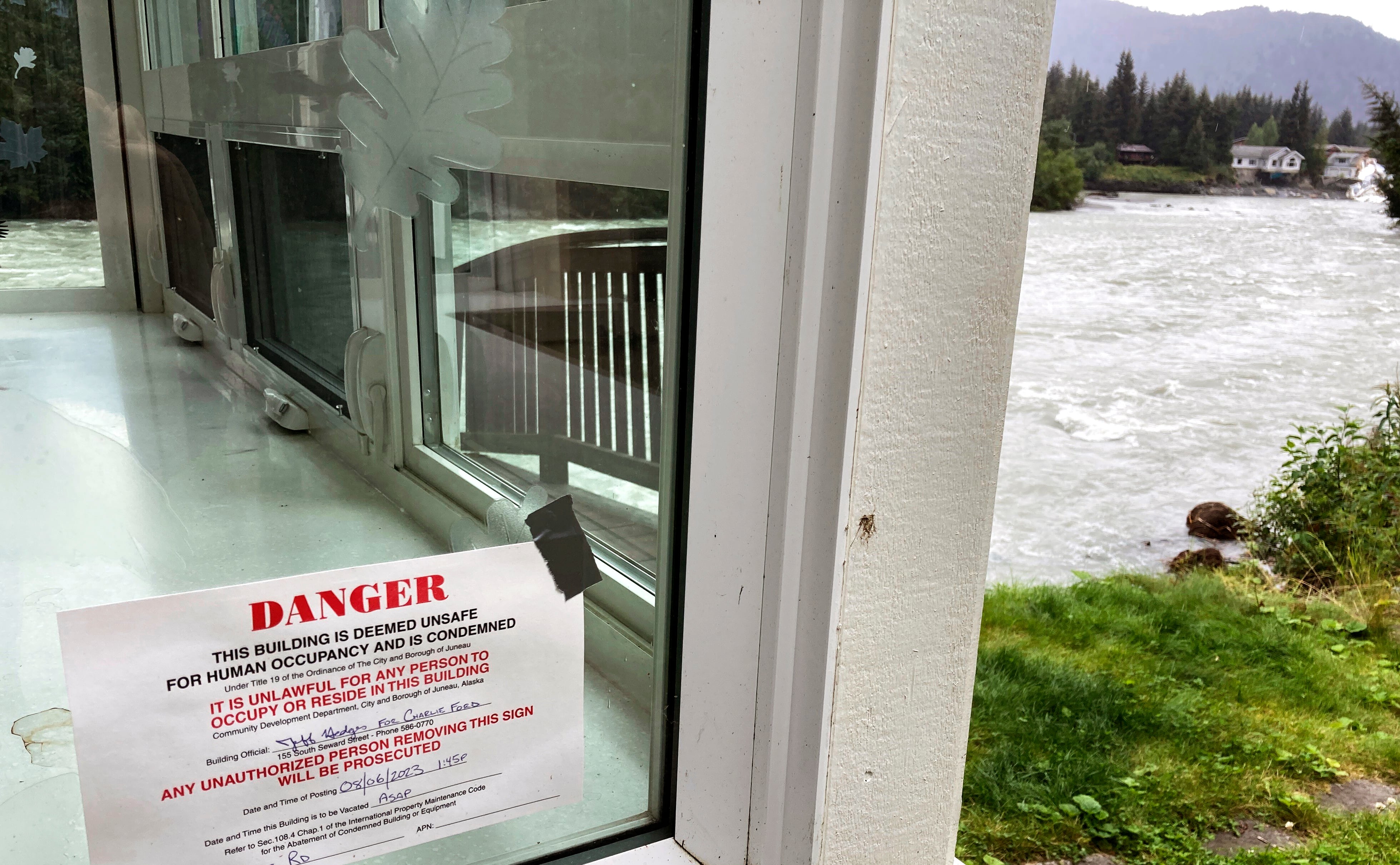A new atmospheric river brought heavy rain, thunderstorms and strong winds to California on Friday, raising the threat of flooding and disrupting travel.
Flood advisories or warnings were issued by the National Weather Service for areas around the San Francisco Bay, the central coast and the Sacramento and San Joaquin valleys. Southern California saw generally lighter rain.
The atmospheric river, known as a “Pineapple Express” because it brought warm subtropical moisture across the Pacific from near Hawaii, was melting lower parts of the huge snowpack built in California's mountains by nine atmospheric rivers early in the winter and later storms fueled by a blast of arctic air.
The snowpack at high elevations is so massive it was expected to be able to absorb the rain, but snowmelt was expected at elevations below 4,000 feet (1,219 meters), forecasters said.
As the storm approached, Gov. Gavin Newsom declared states of emergency in 21 counties in addition to earlier declarations for 13 counties. He requested a presidential emergency declaration to authorize federal assistance.
California's Department of Water Resources also activated its flood operations center.
Evacuation warnings were issued in advance for various foothill and mountain communities that are prone to flooding and mudslides. An evacuation order was in place for a small number of central coast residents who live below a levee near Oceano in San Luis Obispo County.
Water releases for flood control purposes were underway or planned for some reservoirs that were depleted during three years of drought and have been filling with the winter's extraordinary rains and snowfall.
Releases were scheduled to begin late Friday morning from the state's second-largest reservoir, Lake Oroville, which collects water from the Feather River in the western foothills of the Sierra Nevada in the northern Sacramento Valley.
The lake level has risen about 178 feet since Dec. 1. The outflows are intended to ensure there is room for heavy runoff.
Ted Craddock, deputy director of the State Water Project, on Thursday expressed confidence in the 1960s-era Oroville Dam, where thousands of people had to evacuate in 2017 after heavy runoff collapsed the main spillway and the emergency spillway began to erode.
“The spillway has been reconstructed to modern standards, and we're very confident that it will be able to pass the flows that are coming into Lake Oroville,” he said.
Forecasters warned that mountain travel could be difficult to impossible during the latest storm. At high elevations, the storm was predicted to dump heavy snow, as much as 8 feet (2.4 meters) over several days.
California's Sierra Nevada snowpack, which provides about a third of the state's water supply, is more than 180% of the April 1 average, when it is historically at its peak.
Yet another atmospheric river is already in the forecast for early next week. State climatologist Michael Anderson said a third appeared to be taking shape over the Pacific and possibly a fourth.
California appeared to be “well on its way to a fourth year of drought” before the early winter series of storms, Anderson said. “We're in a very different condition now,” he said.
So much snow has fallen in the Sierra and other mountain ranges that residents are still struggling to dig out days after earlier storms.
In the San Bernardino Mountains east of Los Angeles a late February storm reached blizzard status. Roofs collapsed, cars were buried and roads were blocked.
This week, firefighter-paramedics began delivering prescription medications to residents who are still unable to leave their homes, said fire Capt. Steve Concialdi, a spokesperson for San Bernardino County's emergency response.
On the far north coast, Humboldt County authorities organized an emergency response to feed starving cattle stranded by snow.
Cal Fire and U.S. Coast Guard helicopters began dropping hay bales to cattle in remote mountain fields last weekend, and then the California National Guard was called in to expand the effort.












